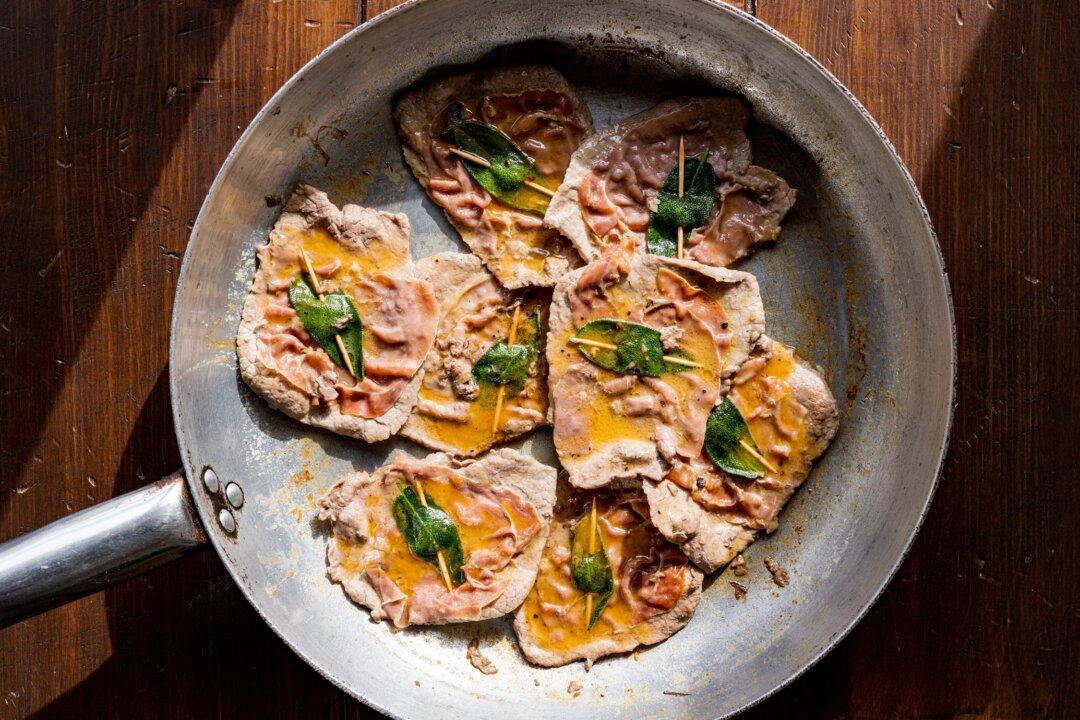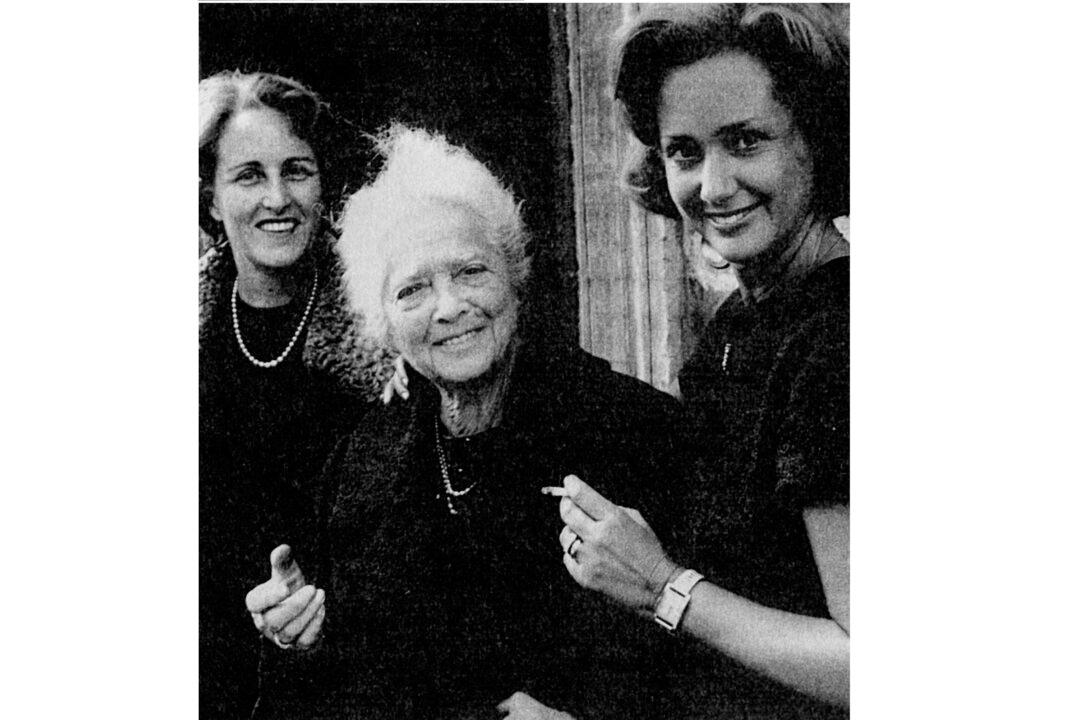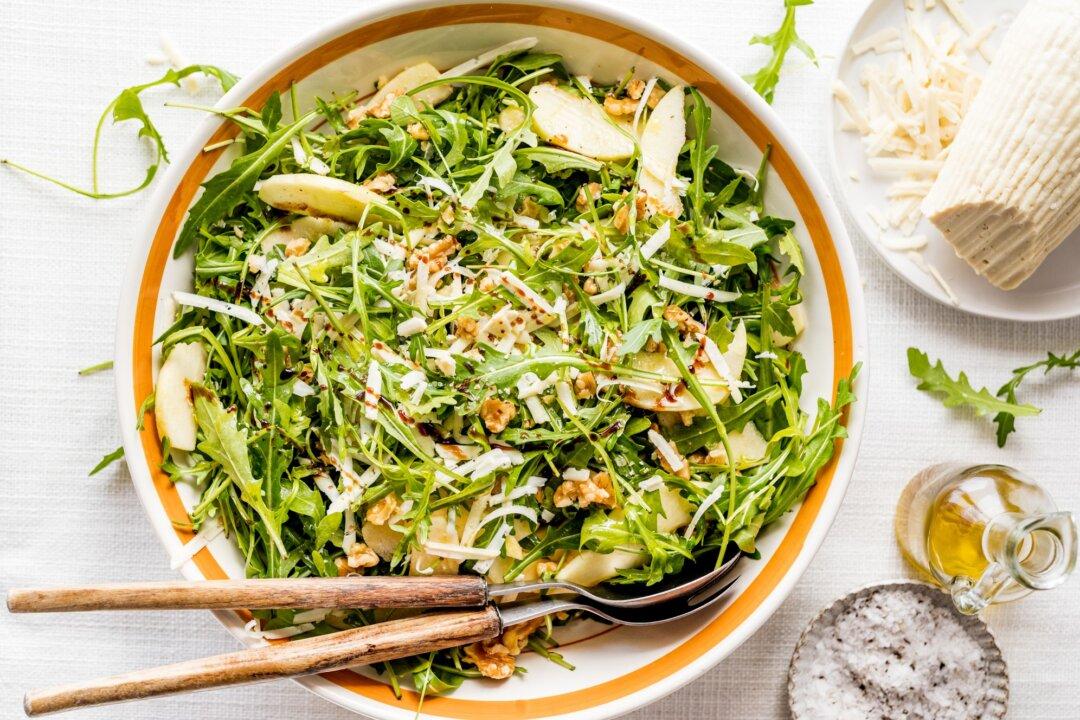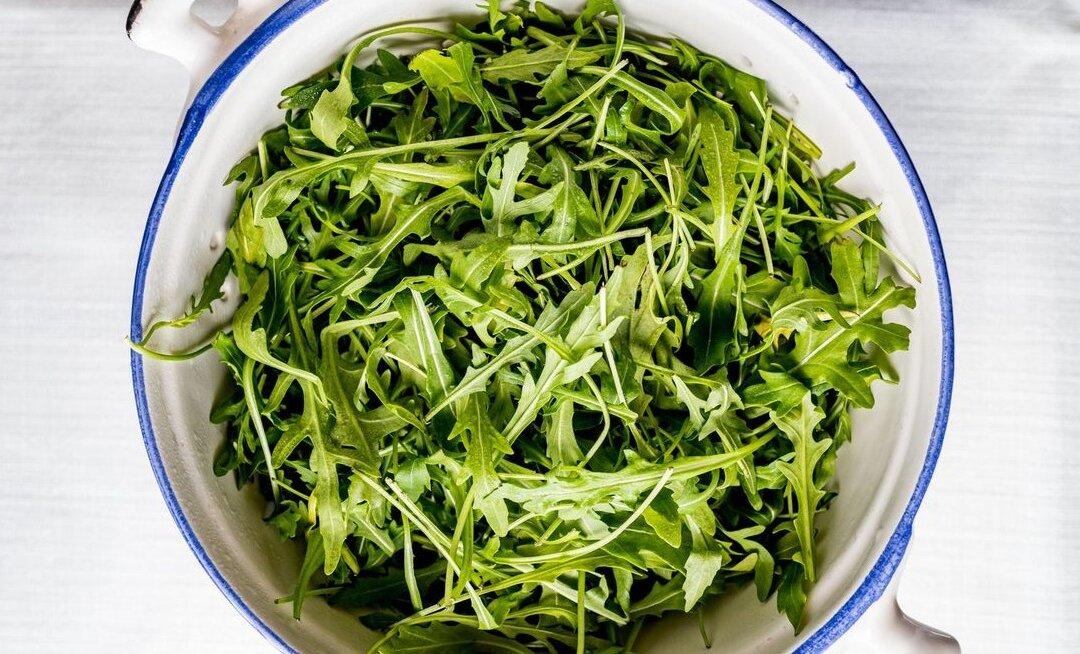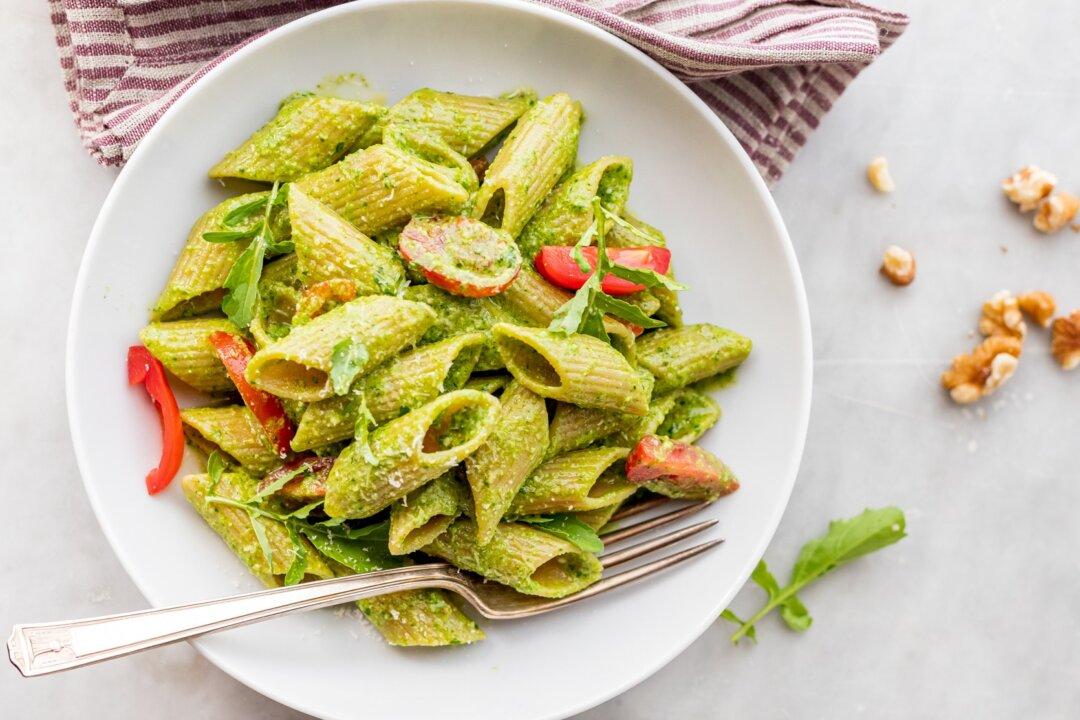The literal translation of saltimbocca is “jump in the mouth”—yes, that is really what they do once the plate is placed in front of you. You’ll eat them in a single bite; they are irresistible.
The simple dish of veal cutlets, prosciutto, and sage is believed to hail from Brescia, but now is a fixture on many Roman trattoria menus, as well as a staple of effortless home cooking. That’s why I find it a genius recipe.

